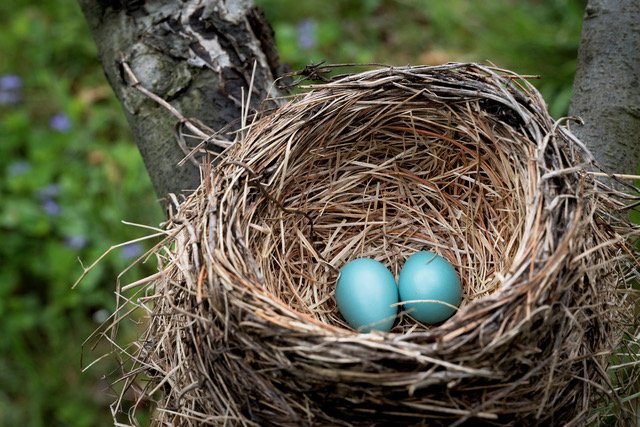All Photos: ©Ellen Harasimowicz
Flower buds are opening on the orchard trees. A few days ago, I put my first organic spray on the blossoms to support them and help manage fireblight, a bacterial infection that can spread like wildfire throughout an orchard during pollination. I’m focused on what I can do to control fireblight because this year I did not spray the legendary dormant spray of copper on our fruit trees. Even though copper is an approved organic material, it can be toxic to earth worms and other microorganisms, especially as it accumulates in the soil. Farmers and orchardists assess this buildup by taking soil samples, and our copper level is right where I want it to be, so I’ve removed it from my spray regime this year.
Since I first started bringing the orchard back to life at Old Frog Pond Farm in 2001, I’ve been reading The Natural Way of Farming by Masanobu Fukuoka (1913–2008.) He has been an inspiration. A revolutionary farmer, Fukuoka’s book, One Straw Revolution, became the ‘carry-in-your-back-pocket’ bible for a generation of farmers who wanted to move away from corporate farming directives of multi-national companies that entered the pesticide industry after World War II. Fukuoka’s tenets include no chemical pesticides or chemical fertilizers; only attentive care to discover natural solutions.
Back then, the options for organic products were limited. Today, many more natural and organically certified materials are available. Regalia is one of my favorites, a bio-fungicide, with the primary ingredient being an extract derived from the despised giant knotweed. This vigorous plant grows anywhere, is hellish to eradicate, can destroy walls and driveways. I’ve read that, if you have knotweed growing on your property in England, you can’t get insurance. But I know from experience, it is helpful for treating Lyme disease caused by tick bites as well as being an all-around good spray for the orchard. It is called a bio-protectant. Regalia stimulates plant defense mechanisms against both fungal and bacterial diseases — exactly what I aspire to do as an orchardist — encourage the trees to use their own defenses.
A few days ago, I filled my 300-gallon spray tank with Regalia, fish, seaweed and two micronutrients, boron and manganese. Isa, our farm manager, helped me load the tank. Then I put the tractor into low gear, set the rpm’s to 1700, and set off at a turtle’s pace — 1 ½ mph pulling the spray tank behind.
With the loud noise of the tractor dulled by headphones, I crawl along between two rows of apple trees. My eyes are wide open, observing the buds, blossoms, and insects. It is refreshing to see into the trees as if I were seven feet tall, not my actual five-foot height. At the end of every row, I turn off the sprayer’s nozzles, and make a tight turn into the next row before I turn them on again. I stop a few times to check the liquid levels, and once, to admire a robin’s nest where I find two perfect blue eggs.
In Overheard in the Orchard, a collaborative book with my text and Ellen Harasimowicz’s photographs set for release in early summer — a Golden Delicious tree converses (preceded with ellipses) with an orchardist (in quotes).
. . . Apple trees originated in the foothills of a heavenly mountain range, the tallest peaks always cloud-covered. Foxes, snow leopards, wolves, and mountain sheep roamed freely. In the fall these animals feasted on our apples.
“My ancestors grew fruit trees. They felt the presence of the divine when they gathered in apple orchards. They called apple orchards shekinah. It means dwelling. They considered the orchard to be the dwelling place of the creative force of the universe.”
. . . I tell her, “Your ancestors understood an orchard is sacred, a place to gather, a place to taste truth.”
The earth is sacred. I am grateful that I don’t have to harm the orchard creatures in order to care for the apple trees. If I would have had to spray chemical pesticides, I would never have decided to bring back this abandoned orchard. And I would never have learned all I have from these wise trees — lessons on how trees care for each other and how we can do more to care for the earth and all its creatures.
Happy Mother’s Day!

